Cream. Clams. Why Carbonara Once Looked Very Different
In his debut cookbook, Dan Pashman busts pasta myths alongside delicious, unorthodox recipes.
In Rome during the summer of 2022, Dan Pashman, host of The Sporkful podcast, realized that everything he thought he knew about one of the world’s most iconic pasta dishes was wrong. Pashman was in town on a trans-Italian research trip for his debut cookbook, Anything’s Pastable: 81 Inventive Pasta Recipes for Saucy People.
While it was the start of his fact-finding mission, Pashman already knew more about the subject than the average layperson. He famously spent years creating a new pasta shape, casciatelli, which was such a hit when it debuted in 2021 that stores couldn’t keep it in stock.
But even he was floored when Katie Parla, the Rome-based cookbook author and food writer, mentioned over lunch that carbonara as we know it is a later 20th-century invention—and that it’s only sort of Italian. “Carbonara is kind of an Italian-American mashup,” Pashman says. “It’s basically bacon and eggs.”
Like most Americans—and Italians—he had assumed that this member of the four canonical Roman pastas had been around since time immemorial. After all, it’s a kissing cousin of the centuries-old pasta alla gricia—with pecorino, guanciale, and black pepper—and pasta cacio e uova—made with raw eggs and grated cheese, which was documented in an 1839 Neapolitan cookbook. There’s even a Neapolitan recipe for pasta thickened with whisked eggs dating back to 1773.
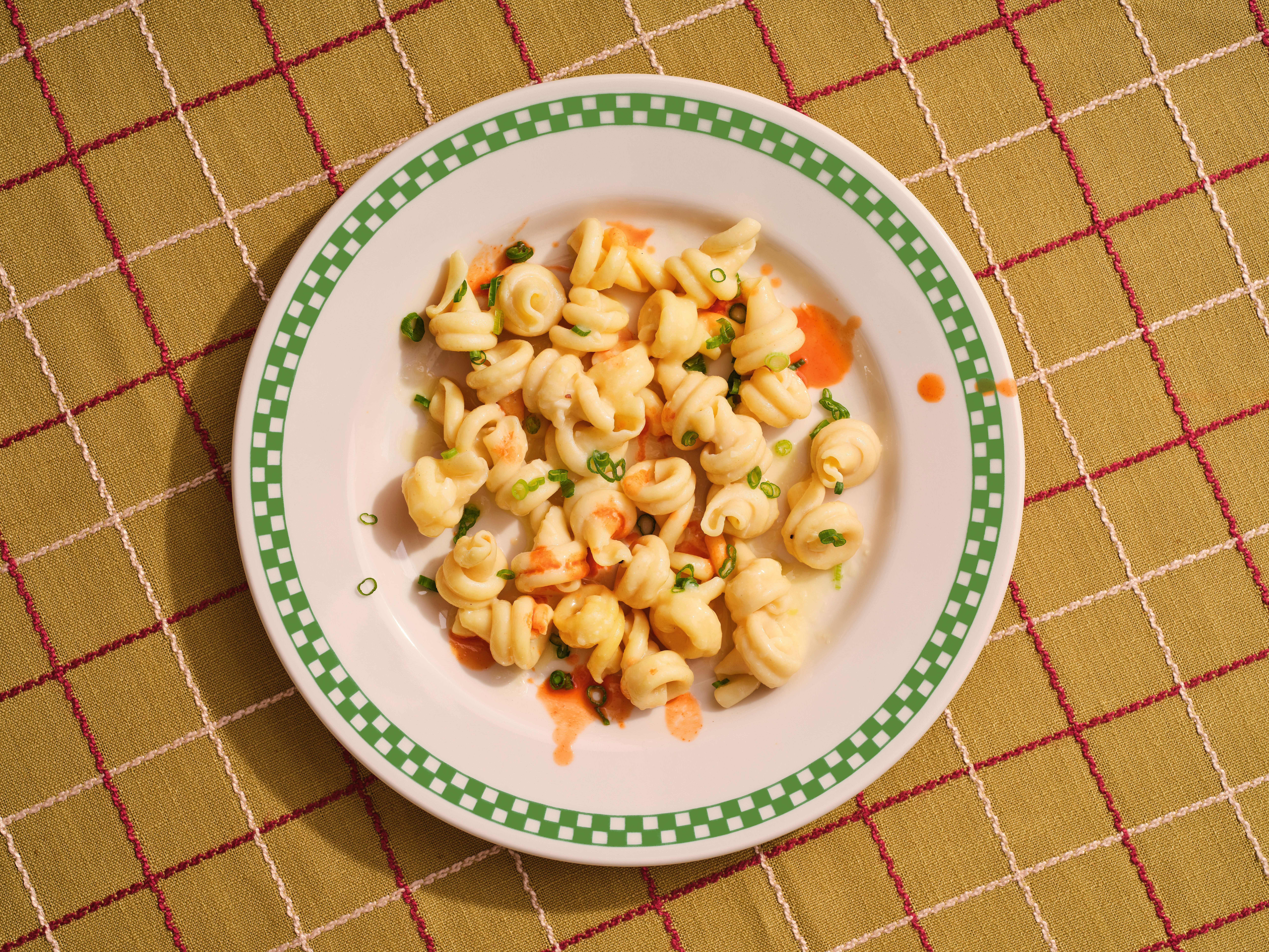
Yet there’s no mention in print anywhere of carbonara until a 1950 edition of the Italian newspaper La Stampa. Stranger still, the first known written recipe for carbonara was published in 1952 in English in a Chicago restaurant guide. One of the leading theories as to its origin, Pashman explains, is that it was born out of American G.I. rations around 1944, at the tail end of World War II. Gambero Rosso points to a Bolognese chef named Renato Gualandi as the possible inventor.
What’s more, early recipes look decidedly different than the carbonara we know today. “For decades, it was common to add cream,” Pashman says. A 1950s recipe in an Italian edition of Harper’s Bazaar included clams, while a 1958 recipe from Tre Scalini restaurant in Rome included “prosciutto and thinly sliced sautéd mushrooms.”
All of this is tantamount to gastronomic heresy. Purists maintain that carbonara should contain nothing more than eggs, guanciale, pecorino, and black pepper. There’s an entire TikTok genre of Italians decrying crimes against their cuisine, with carbonara being one of the most frequently maligned dishes. Much of the furor around crimes of carbonara has a nationalist bent. Both an American carbonara by The New York Times that included tomatoes and a French rendition containing crème fraîche were decried as abominations.
Struggling to believe what he was hearing, Pashman called up Luca Cesari, the Bologna-based food historian and author of The Discovery of Pasta: A History in Ten Dishes. According to Cesari, guanciale didn’t show up in carbonara at all until 1960 and cream wouldn’t vanish until the ’90s. His fellow Italians are less than pleased. In December 2023, he posted a video on his Instagram of the first known Italian-language recipe for carbonara. The 1954 recipe, from La Cucina Italiana, includes garlic, pancetta (not guanciale), and Gruyère cheese.
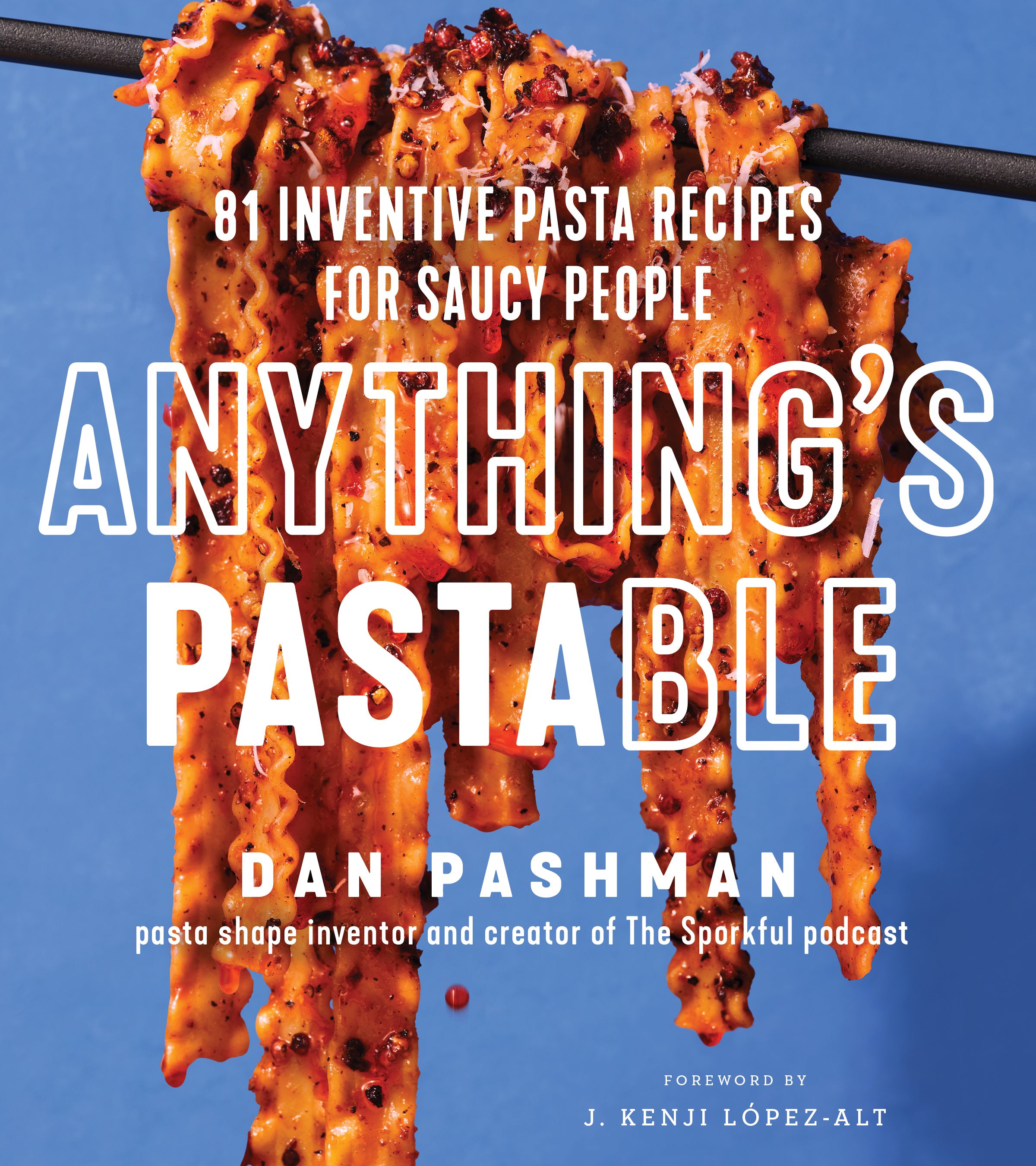
“They should take away your Italian citizenship,” cried one of dozens of furious commentators in Italian. Others declared that their nonna was indeed making carbonara with guanciale and pecorino years before the war. Food historian Alberto Grandi, meanwhile, publicly leapt to Cesari’s defense, decrying Italy’s “gastronationalism.”
“When I spoke to Luca, he said, ‘Yes, some [Italians] clutch their cannolis at the thought of all this,’” Pashman says. “I think that the idea that most of us have about Italian food is that there’s a certain way that things have always been done and all the dishes are centuries old and anyone who would veer from that is committing sacrilege.”
Pashman’s book aims to dispel much of the dogma surrounding pasta. The original concept of Anything’s Pastable was to push readers out of their pasta rut—after all, if there could be a new pasta shape, why not new pasta sauces? Why not top pasta with tahini or preserved artichokes or even crushed corn nuts?
To an extent, Pashman and his collaborators have done just that, using pasta as a blank canvas for a more global flavor palate and pantry. There’s a green fettuccine with chorizo verde, based on taco editor José R. Ralat’s take on a dish found along the Texas–Mexico border, while cookbook author Andrea Nguyen helped inspire a pasta topped with mapo tofu instead of a bolognese ragú.
There are pastas made with condiments ranging from Korean ssamjang to Indian tomato achaar to Chinese chile crisp. “We have to stop thinking about these ingredients as being ‘foreign,’” he says. “They’re ingredients that many Americans are already cooking with, Asian-Americans and non–Asian Americans alike.”
“I went into this project thinking of my cookbook and my place in pasta culture more as being like, ‘I’m going to shake up this part of food culture that’s been too stuck in its ways,’” Pashman says. “But what I learned is that, actually, pasta culture isn’t as old or as static as we’ve been led to believe.”
As he explains, Italian pasta culture as we know it is a 20th-century construct. “Pasta was not the national food of Italy until about 100 years ago,” Pashman says. “There wasn’t a nation of Italy until 163 years ago.”
Prior to 1861, Italy was still a collection of distinct nation-states; its current borders wouldn’t come around until the end of the Franco-Prussian War. The very concept of “Italian food” didn’t really come about until a retired banker named Pellegrino Artusi published Scienza in cucina e l’arte di mangiar bene (Science in the Kitchen and the Art of Eating Well) in 1891.
Today, pasta is entrenched in the Italian psyche, but its evolution is strikingly multicultural. Most historians believe that North African conquerors brought pasta to Italy around the year 800. “French, North Africans, and Americans have all come through Italy,” Pashman says. “You had Jews who went to Italy, who fled Spain during the Inquisition, who were instrumental in making eggplants and artichoke more integral parts of Italian food. All these different groups have come through Italy and changed the food, and it continues to change and evolve to this day, just like every other cuisine.”

Spaghetti all’assassina, for instance, was invented in Bari in 1967 and languished in relative obscurity until chef Massimo Dell’Erba became obsessed with it in 2013. The dish, which consists of spaghetti half-burned until crunchy in places, has since blown up thanks to social media.
“It fit in my book because it was both familiar and radically different, since it uses texture in such a unique way,” Pashman says. He went to Puglia to find the source of the recipe, since, like carbonara, “As it gets more widely recognized, I’m sure more versions are going to come along and pretty soon someone in Bari is going to say that spaghetti all’assassina sold out, that it’s been corrupted.”
Which brings us back to carbonara. Even if it was codified only a few decades ago, the so-called classic iteration is fantastic. Just about anyone who’s eaten that ephemeral emulsion of rendered lard, egg yolks, and sharp cheese will attest it needs no improvement.
Irene Yoo, a Korean-American food historian and recipe developer, calls it, “so simple in its ingredients, but so transcendent in terms of its flavors.” Then in 2020, she added kimchi, cooking it first the way she would for kimchi jjigae. The resulting recipe, which is in Anything’s Pastable, is both familiar and wholly new. Pashman urges everyone to stop hand-wringing over its authenticity and dig in.
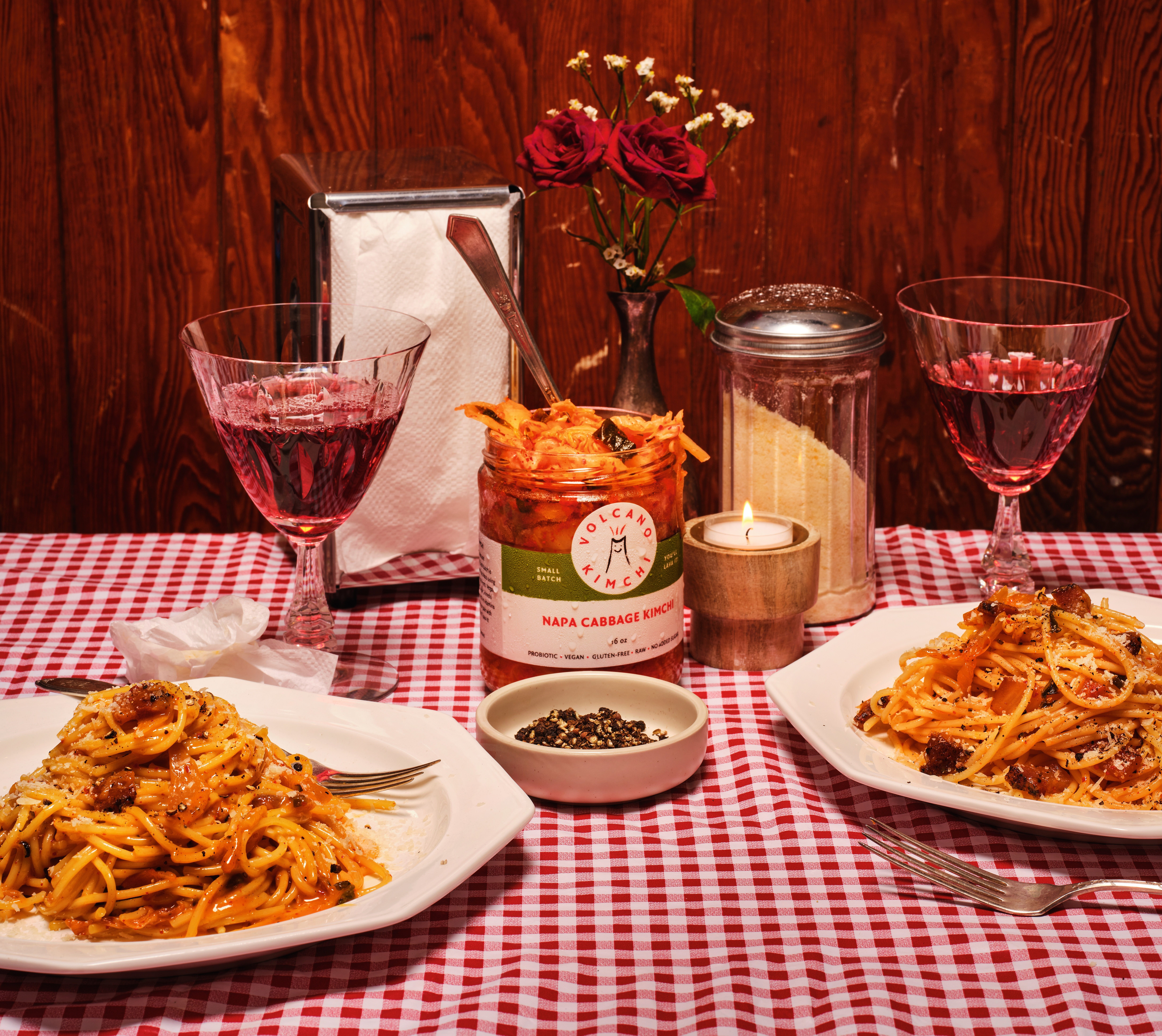
Kimchi Carbonara
Dan Pashman and Irene Yoo
- Total time: 40 minutes
- 4 to 6 servings
Ingredients
- 2 tablespoons kosher salt
- 4 large eggs
- 1 cup finely grated Pecorino Romano or Parmigiano Reggiano
- 1 teaspoon freshly ground black pepper, plus cracked black peppercorns for serving
- 8 ounces guanciale
- 1 tablespoon extra-virgin olive oil
- 2 cups napa cabbage kimchi, drained and chopped into one-inch pieces
- 1 pound spaghetti (or spaghettoni, bucatini, or rigatoni)
Instructions
-
Bring four quarts of water and salt to boil in a large pot.
-
In a large heatproof bowl, whisk the eggs, Pecorino, and ground pepper until smooth and consistent; set aside.
-
Line a plate with a double layer of paper towels. Slice the guanciale ¼ inch thick (about the thickness of thick-cut bacon), then into 1- by ½ inch rectangles, and add them to a large, high-sided skillet along with the oil. Spread the guanciale into a single layer, set the pan over medium-low heat, and cook, stirring occasionally, until the fat has rendered and the guanciale is deeply browned in spots, eight to 12 minutes. Use a slotted spoon to transfer the guanciale to the prepared plate.
-
Pour the rendered fat into a heatproof bowl or liquid measuring cup, using a spatula to scrape out the pan. Return three tablespoons of the rendered fat to the skillet, discarding any excess or reserving it for another use, and place the skillet over medium-high heat. Add the kimchi and cook, stirring occasionally and scraping the bottom of the pan, until the moisture has evaporated and the kimchi starts to caramelize around the edges, six to eight minutes; remove the pan from the heat.
-
Add the pasta to the boiling water and cook for one minute less than the low end of the package instructions. Use tongs to transfer the pasta directly to the skillet and return the heat to medium-high. Add the guanciale and cook, stirring constantly, until heated through and the pasta is evenly coated with the kimchi mixture, one to two minutes.
-
Immediately transfer the pasta to the bowl with the egg mixture. Add ½ cup of the pasta cooking water and use a rubber spatula to rapidly toss everything together until the pasta is well coated, the cheese is dissolved, and the sauce is smooth and glossy. (There should be extra sauce pooling in the bowl at first, but it should all cling to the pasta after one to two minutes of stirring. If the sauce looks too thick after one minute, add more pasta water one tablespoon at a time until smooth and creamy.)
- Transfer the pasta to a serving dish or individual bowls, sprinkle generously with more Pecorino and the cracked peppercorns, and serve.
Notes and Tips
If you can’t find guanciale, substitute pancetta or bacon. American bacon will have a much smokier flavor than the Italian meats but will still be delicious. Make sure to cut the meat as directed—smaller pieces will cook much faster. Depending on the variety and brand of cured meat you use, it may vary considerably in fat content. If your meat is very lean and you end up without enough fat, add more olive oil to make up the difference.
Gastro Obscura covers the world’s most wondrous food and drink.
Sign up for our regular newsletter.






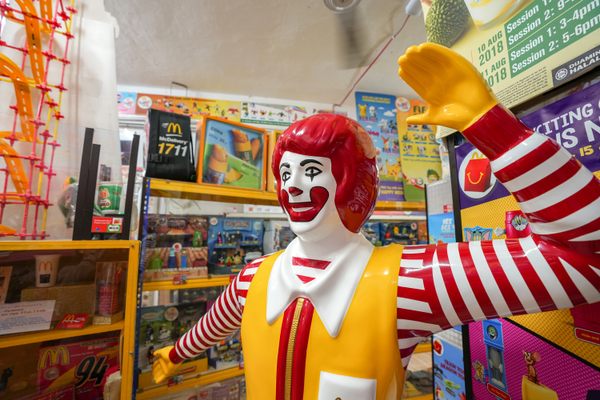



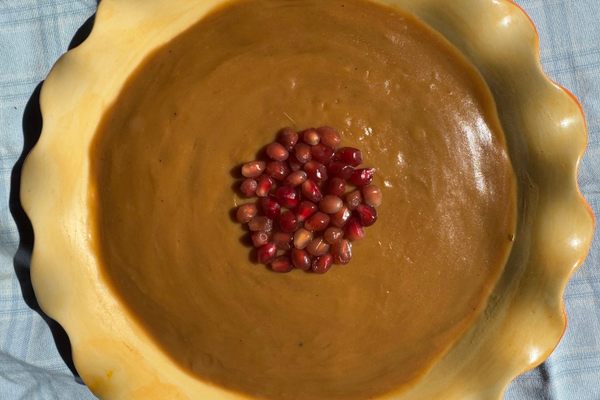




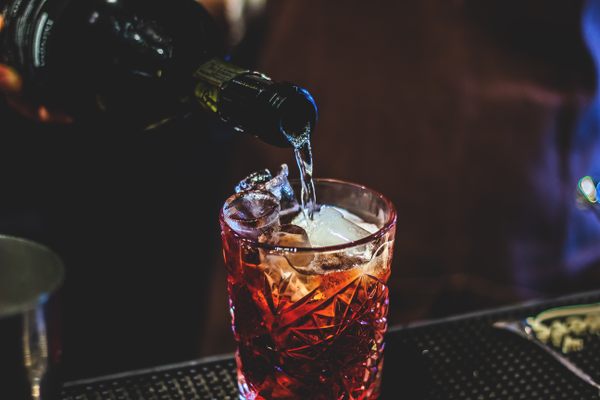
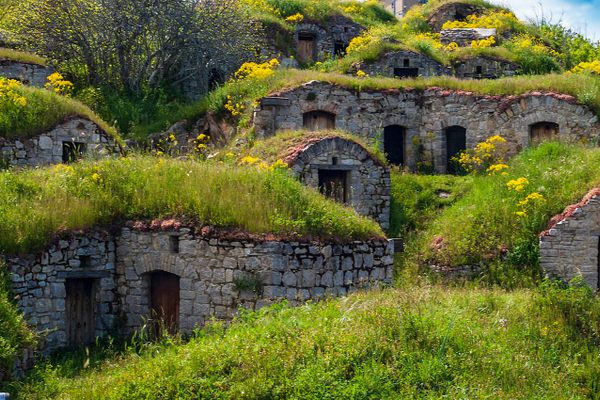


Follow us on Twitter to get the latest on the world's hidden wonders.
Like us on Facebook to get the latest on the world's hidden wonders.
Follow us on Twitter Like us on Facebook